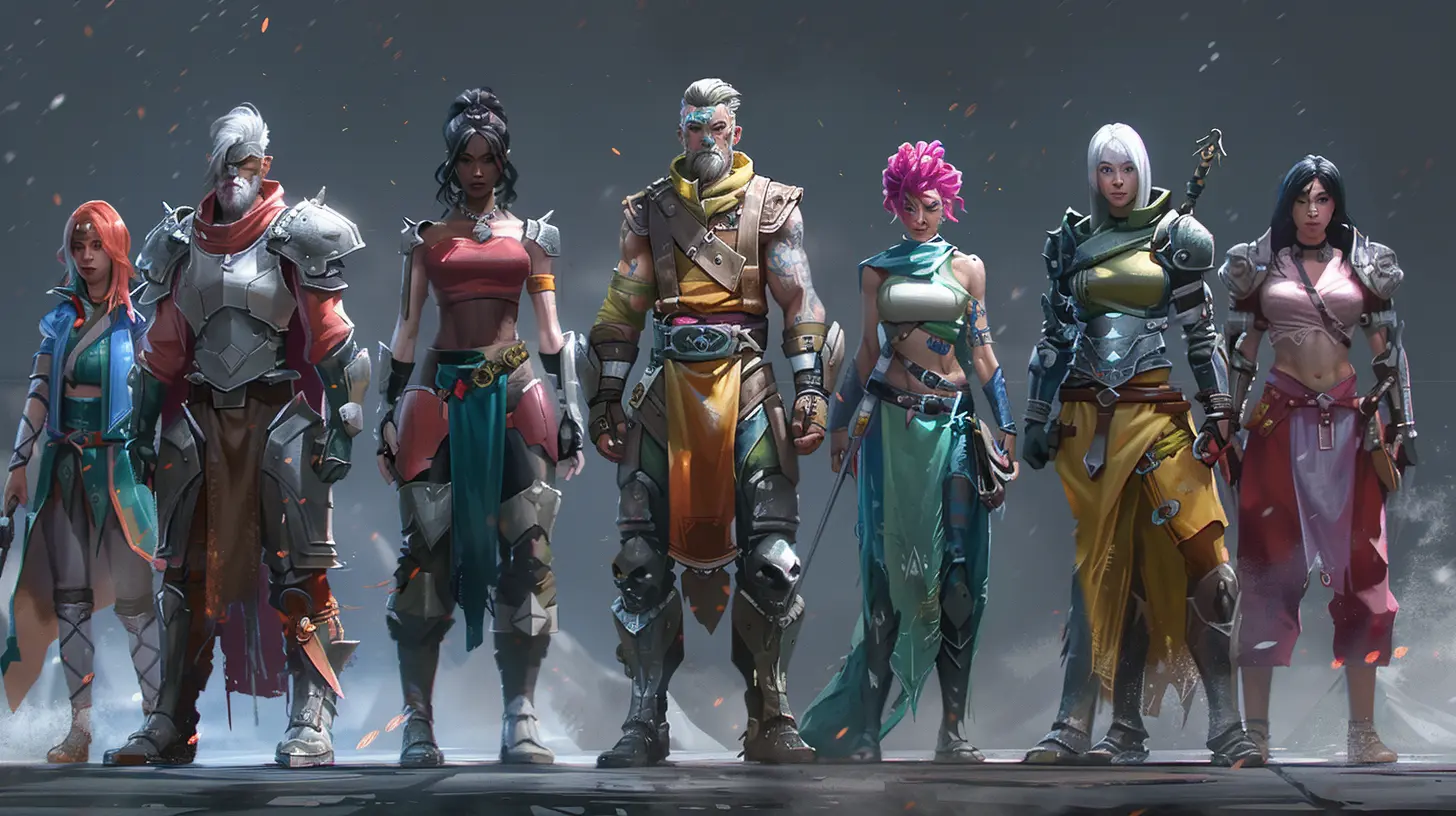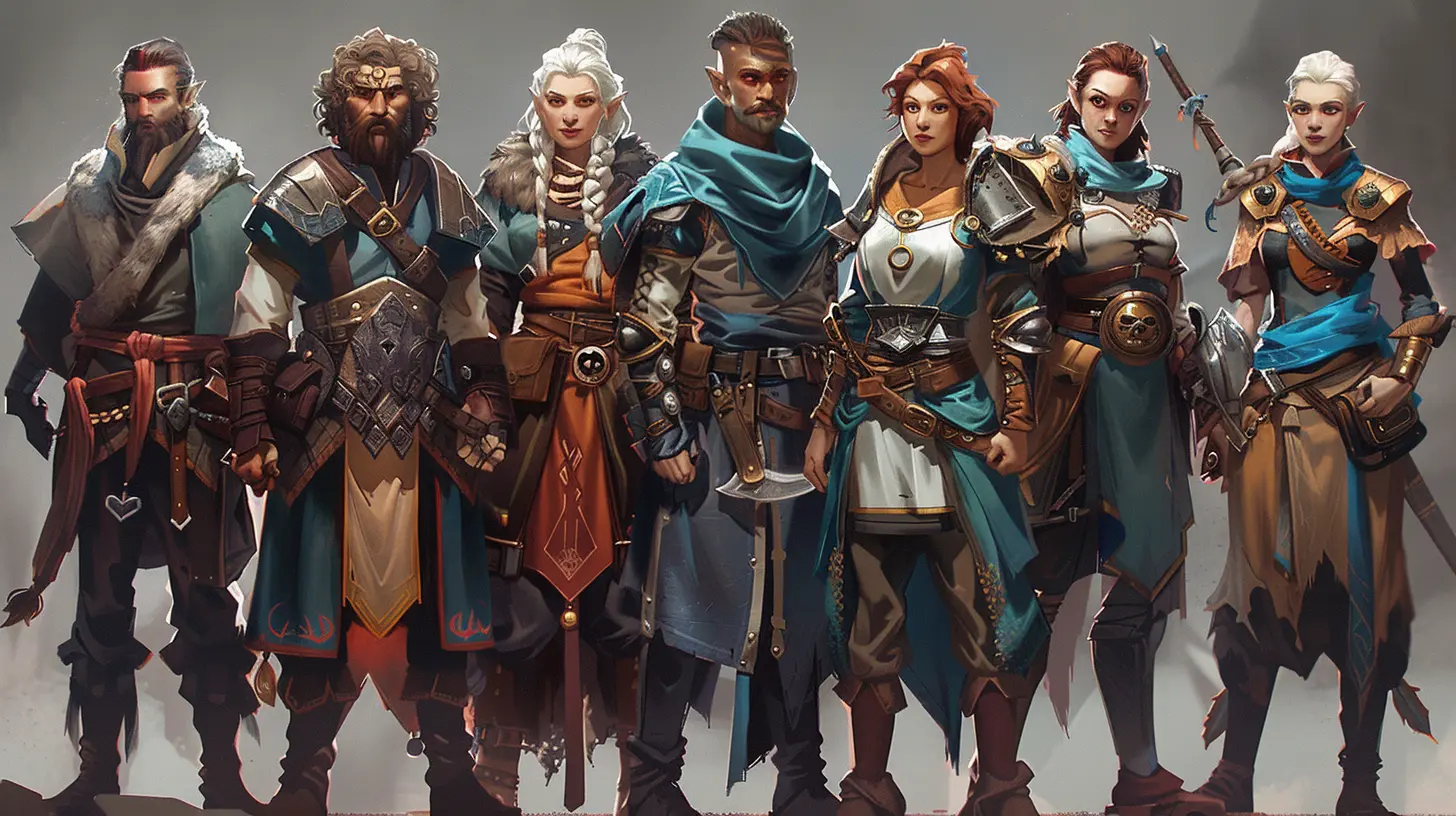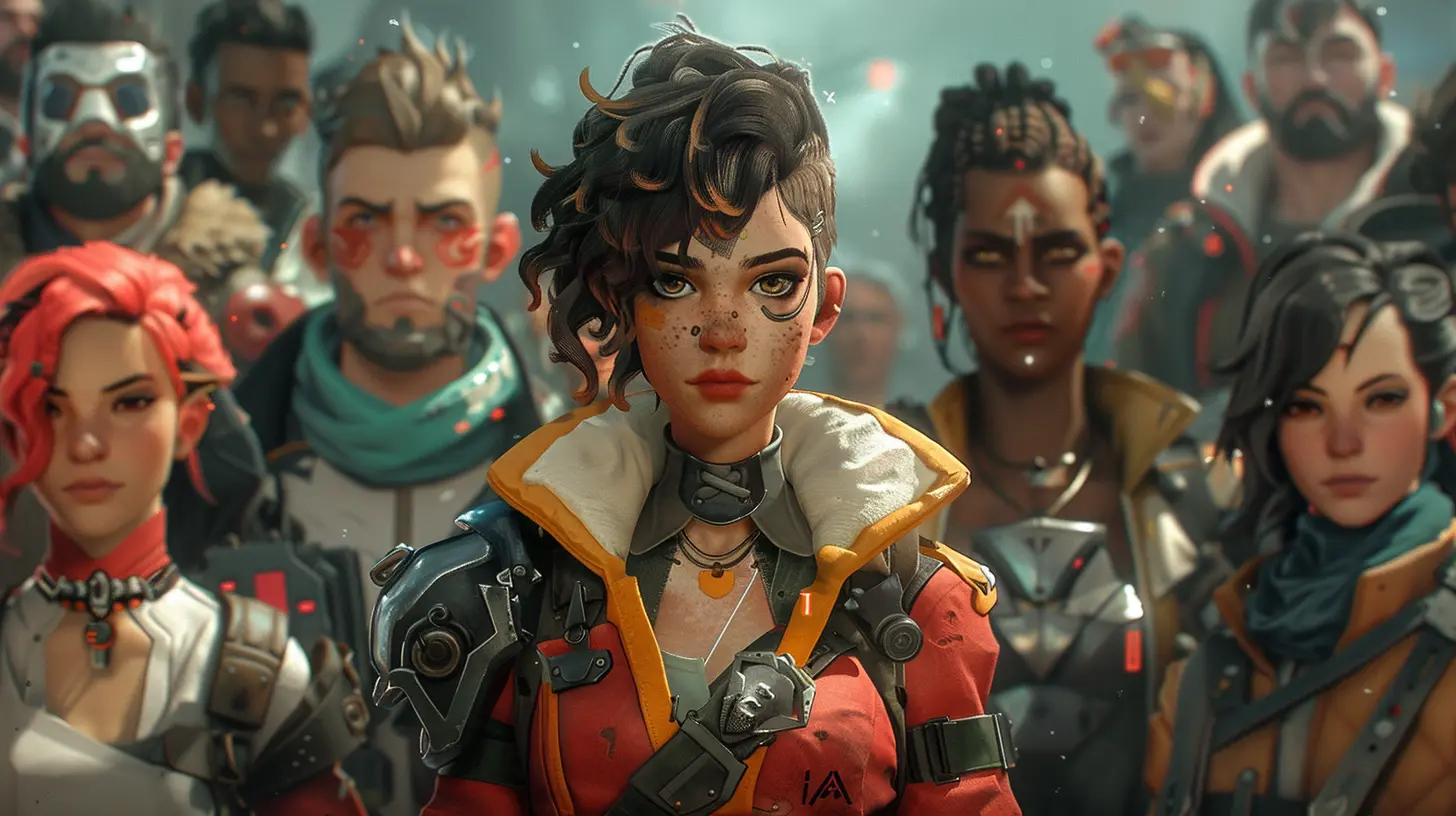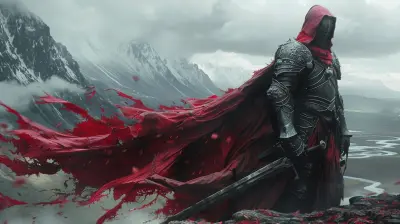How to Build a Balanced Team Using Character Customization
21 September 2025
When it comes to gaming, one of the most rewarding experiences is putting together a well-balanced team. Whether you're diving into epic RPG quests, battling enemies in MOBAs, or strategizing turn-based tactics, a balanced team could mean the difference between glorious victory and soul-crushing defeat. But how do you achieve harmony in chaos? How do you craft a squad so tight-knit it feels like the Avengers coming together? The answer lies in one magical tool: character customization.
Creating a balanced team isn't just about filling slots on a lineup. It's about understanding game mechanics, thinking strategically, and maybe sprinkling in some good old-fashioned trial and error. In this guide, we'll walk through everything you need to know about building a team that's not only effective but also a joy to play with. Buckle up; this is where gaming gets exciting.
Why Balance Matters in Team Composition
Ever tried to bake a cake with just sugar? Seems like a sweet idea at first, but you’ll quickly realize it’s missing structure (flour), flavor (butter), and rise (eggs). Similar to baking, every role in a game has a purpose, and when one function is missing, the end result can be... let’s just say, less than desirable.A balanced team ensures there’s synergy between characters, meaning they’ll work together like a well-oiled machine. You're covering your bases—be it damage, healing, crowd control, or utility. Without balance, you're left vulnerable to counters, running the risk of being steamrolled by an organized enemy team or failing to progress past a particularly brutal dungeon boss.
Identifying Key Roles in Your Team
Before diving into customization, let’s break down the primary roles most games revolve around. While each game has its nuances, the following roles are a common starting point:1. The Tank
The tank is your team's muscle. Imagine a massive shield standing between your fragile party members and whatever is trying to eat them alive. Tanks soak up damage, hold the enemy's attention (aka aggro), and, in some games, create space for teammates.Customization Tip:
- Prioritize durability stats like health, armor, or resistance.
- Consider abilities that taunt enemies or block attacks.
- Don't neglect mobility—what good is a tank if they can't get to the front line?
2. The Damage Dealer (DPS)
While the tank’s job is to keep the enemy busy, the DPS role is all about dishing out the pain. Think of them as your team’s heavy artillery. They can be further divided into subcategories like burst damage (high damage in short bursts) or sustained damage (consistent output over time).Customization Tip:
- Max out on attack power or critical hit potential.
- Choose skills that synergize with specific enemy weaknesses.
- Balance between melee-focused and ranged attackers to adapt to different scenarios.
3. The Support/Healer
Supports and healers are the unsung heroes. They keep your team alive, either by replenishing health or providing buffs that enhance team performance. A well-timed heal or buff can turn the tide of battle from despair to triumph.Customization Tip:
- Focus on abilities that can heal multiple teammates or buff their stats.
- Invest in cooldown reduction for spam-worthy support skills.
- Protect them—support characters often have squishy defenses!
4. The Utility Specialist
Utility roles are versatile—they might not deal heavy damage or tank hits, but they offset that with crowd control (e.g., stuns, slows) or debuffs that weaken enemies. They can also fill niche functions like scouting, traps, or resource management.Customization Tip:
- Look for abilities that disrupt enemy formations or set up big plays.
- Build around adaptability—utility players often switch between offense and defense.
Steps to Customize Your Characters for a Balanced Team
Now that we’ve covered the roles, let’s dive into the juicy part: customization. Here’s your step-by-step guide to crafting a dream team.Step 1: Know Your Game’s Mechanics
Does your game require synergy with elemental affinities? Are there skill cooldowns you need to worry about? Start by understanding how the game works. This knowledge is critical to creating a team that doesn’t just look good on paper but actually works in practice.Step 2: Balance Stats Across the Team
Customization is all about balance. If everyone’s dumping points into damage, who’s going to take a hit? Spread out investments into stats like health, speed, attack, and utility, ensuring each role gets what it needs to shine.Think of your team like a dinner plate—sure, you could only eat mashed potatoes, but wouldn’t life be better with some greens, protein, and gravy?
Step 3: Leverage Complementary Abilities
Look for abilities that combo well together. For example, if your DPS character can land massive damage on stunned enemies, have your utility specialist equip a stun skill. It’s all about that sweet synergy.Step 4: Adapt to Challenges
Sometimes, you'll face enemies that counter your current lineup. Be prepared to tweak your characters. Use customization to lean into counterplay, whether that means increasing magic resistance for a mage-heavy enemy or bringing AoE (area of effect) damage for swarms of minions.Step 5: Play With Aesthetics (Optional but Fun!)
This might not affect gameplay directly, but there’s no harm in having your squad look cool while dominating enemies. Color-coordinated outfits, matching weapons, or a consistent theme (like all characters being mythical creatures) can boost your enjoyment.
Common Mistakes to Avoid
Even pros can fall into some classic pitfalls. Here’s what to sidestep:1. Over-Specializing
Yes, it’s tempting to max out every stat for one particular role, but this can leave you vulnerable elsewhere. For example, if your tank only focuses on defense, they won't contribute when the team needs a little extra damage output.2. Neglecting Communication
In multiplayer games, customization isn’t a solo effort. Chat with your teammates. If everyone’s building supports, who’s playing DPS? Treat it like a potluck—don’t show up with chips if five other people are already bringing snacks.3. Forgetting the Enemy
It’s easy to get caught up in building the perfect team only to realize it doesn’t counter the challenges you're facing. Always ask yourself, "What am I up against?"Pro Tips for Advanced Team Building
For those looking to master the art of team customization, here are some advanced tips:1. Experiment With Off-Meta Builds
The meta (most effective tactics available) will always attract copycats, but sometimes stepping outside the box can catch opponents off guard. Who says your tank can’t also deal some decent damage?2. Think About Team Synergy, Not Individual Power
A team where everyone complements each other is stronger than one where every individual is overpowered. Always think of your team as a single unit working together, rather than separate pieces.3. Build Characters That Scale
Some abilities and attributes become stronger as the game progresses. Keep an eye out for options that scale well into the late game, especially if you’re in for a long grind.Wrapping It Up
Building a balanced team using character customization isn’t just about crunching numbers or following cookie-cutter builds. It’s about creativity, strategy, and making choices that feel personal to you as a player. The beauty of customization lies in the freedom to make a team that’s as unique as you are. And when it all comes together? That’s the sweet spot where gaming becomes magic.So, grab your controller, mouse, or touchscreen, and dive in knowing you’ve got this. Remember, there’s no one-size-fits-all solution—every team you build will be a new adventure. If it doesn’t work? Tweak, adapt, and try again. After all, that’s what gaming is all about.
all images in this post were generated using AI tools
Category:
Character CustomizationAuthor:

Pascal Jennings
Discussion
rate this article
1 comments
Quade Adkins
Great article! Building a balanced team is so crucial for success in any game. I love how character customization adds depth and individuality to each player’s strategy. It's like creating your own unique squad! Can’t wait to experiment with these tips in my next gaming session. Keep up the awesome content!
September 28, 2025 at 4:58 AM

Pascal Jennings
Thank you for your kind words! I'm glad you enjoyed the article and found the tips helpful. Happy gaming, and I can't wait to hear about your unique squad strategies!


